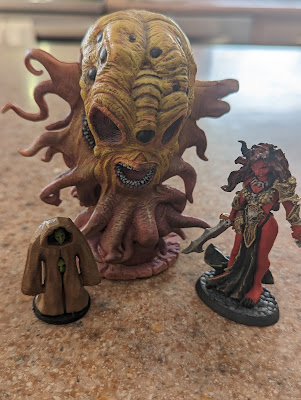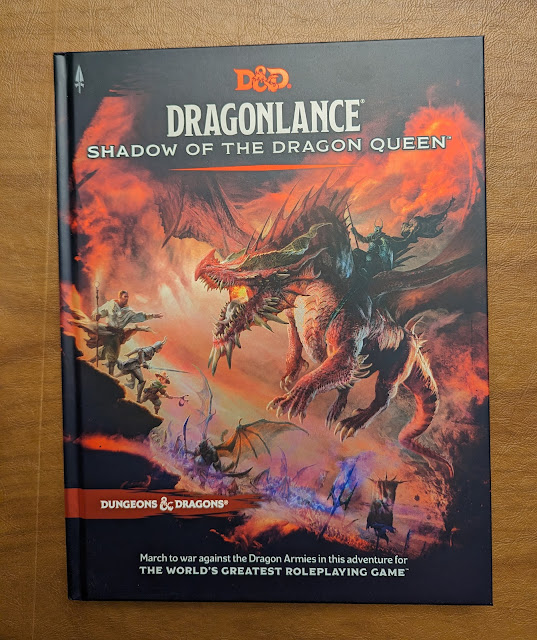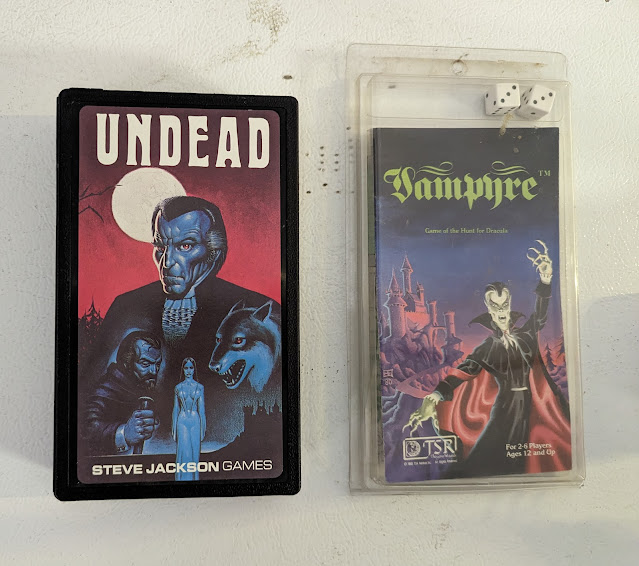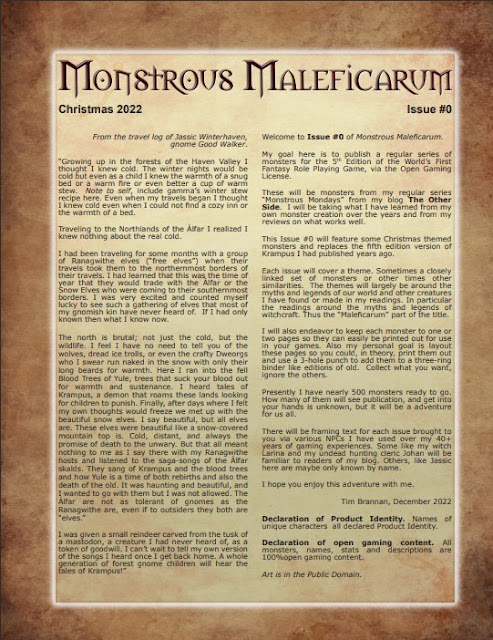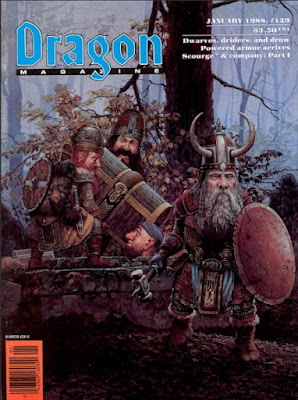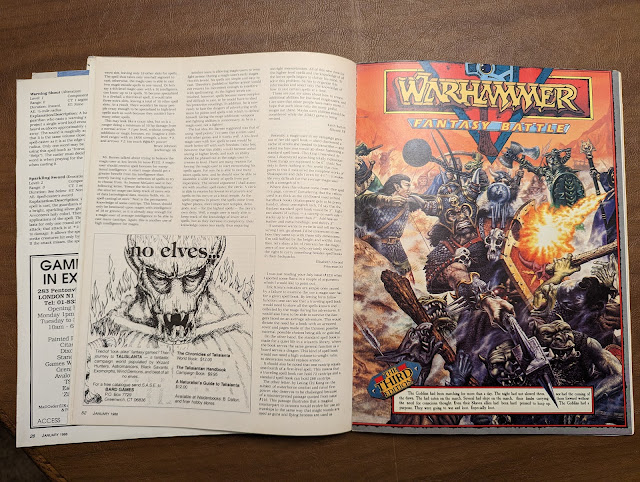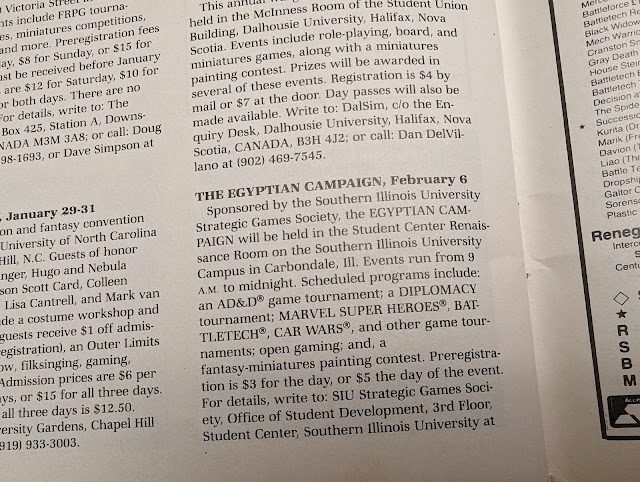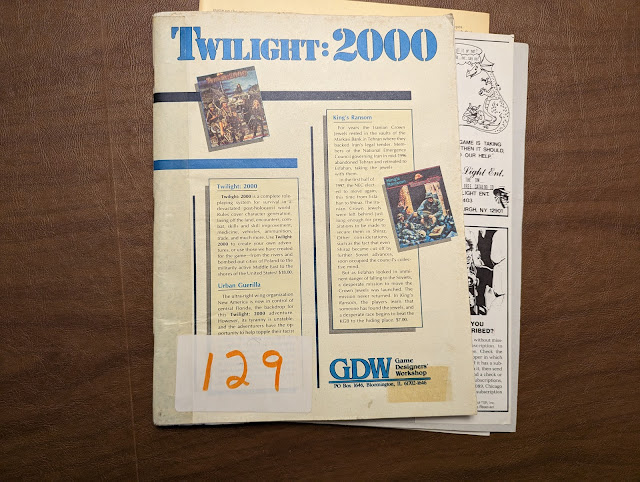Manners & Mythos
 Regency Cthulhu: Dark Designs in Jane Austen’s England extends the reach of the Cthulhu Mythos and Lovecraftian investigative horror into the late Georgian period, a period synonymous with the novels of Jane Austen such as Sense and Sensibility and Pride and Prejudice. Indeed, it is these novels which this supplement for Call of Cthulhu, Seventh Edition draws from to create a highly stratified setting that is very much one of pride and propriety, reputation and rumour, and scandal and sobriety. Both gaming and roleplaying have visited the period before, but only in a limited fashion, for example, Jane Austen’s Matchmaker and its expansion, Jane Austen’s Matchmaker with Zombies and Good Society: A Jane Austen RPG, but for the most part have preferred to visit the earlier Georgian period of the eighteenth century or the later Victorian Era of the nineteenth century with roleplaying games such as Dark Streets and Cthulhu by Gaslight respectively. Regency Cthulhu provides everything a Keeper and her players needs to explore the period and mind both their manners and the Mythos, including an overview of the period, new Investigator Occupations, new rules for Reputation, a setting, and two scenarios, as well as appendices.
Regency Cthulhu: Dark Designs in Jane Austen’s England extends the reach of the Cthulhu Mythos and Lovecraftian investigative horror into the late Georgian period, a period synonymous with the novels of Jane Austen such as Sense and Sensibility and Pride and Prejudice. Indeed, it is these novels which this supplement for Call of Cthulhu, Seventh Edition draws from to create a highly stratified setting that is very much one of pride and propriety, reputation and rumour, and scandal and sobriety. Both gaming and roleplaying have visited the period before, but only in a limited fashion, for example, Jane Austen’s Matchmaker and its expansion, Jane Austen’s Matchmaker with Zombies and Good Society: A Jane Austen RPG, but for the most part have preferred to visit the earlier Georgian period of the eighteenth century or the later Victorian Era of the nineteenth century with roleplaying games such as Dark Streets and Cthulhu by Gaslight respectively. Regency Cthulhu provides everything a Keeper and her players needs to explore the period and mind both their manners and the Mythos, including an overview of the period, new Investigator Occupations, new rules for Reputation, a setting, and two scenarios, as well as appendices. Regency Cthulhu: Dark Designs in Jane Austen’s England is set between 1811 and 1820, the period when King George III succumbed to mental illness and under an act of parliament, his eldest son George, Prince of Wales, was appointed prince regent to discharge royal functions. The Prince Regent would succeed his father as George IV in 1820, followed by his brother William IV in 1830. Both the Regency and Georgian eras would end with the accession of Queen Victoria in 1837 and the beginning of the Victorian era. It encompasses a period of near constant war, primarily against the French in the Napoleonic War, but also against the Americans in the War of 1812, of social unrest and poverty, the growth of the Industrial Revolution, and the burgeoning mercantile classes wanting to better themselves despite being in trade! Much of this, though, remains offscreen in Regency Cthulhu which focuses on the landed gentry, the well-to-do, and the minor nobility. The men of this class either inherit their wealth and their home from their father as the eldest son, or enter an appropriate profession, such as the military, the clergy, or the law, whilst women take up acceptable pastimes like embroidery, painting, or the piano, prepare herself for marriage, find a suitable husband—if one is not found for her and do so early, lest she become an old maid, and then devote herself to her children. It is these members of the landed gentry that players roleplay in Regency Cthulhu, going to tea, attending fancy balls, entering into chaste courtships, minding their manners—always, and perhaps, investigating the dark, unseemly presence of Cosmic Horror which hides behind the gentile façade of good society!
Regency Cthulhu opens with a good overview of the Regency period, including social interaction, the roles of both men and women in society, romance and courtship, transport, technology and weapons, as well as a detailed timeline. It also includes appropriate discussions on consent within the game, particularly on how to handle romance, as well as notes on sex and sexuality, and race and ethnicity, which both highlight how Georgian England was often more diverse than you might think, but in the case of sex and sexuality, usually behind closed doors, and if more public, then only because wealth allowed such indulgences by society at large. This enables some degree of representation in what is otherwise a highly stratified and conservative society, should the Keeper and her players want to include it.
In terms of what Investigators are available, Regency Cthulhu gives a lengthy list of Occupations, highlighting those appropriate to the setting. Artist, Author, Clergy, Doctor, and even Spy are included as suitable, whilst those such as Craftsperson, Criminal, Miner, and Shopkeeper are not, all being labouring or trade jobs. Some are also listed as ‘hobby’ careers that typically a gentleman can take up as a pursuit, but not pursue too zealously. In addition, Gentlemen, Gentlewoman, Nouveau Riche, and Servant—Housemaid and Footman are included as new Occupations. New skills are added too, whilst the technological ones of the future are forgone. Skills such as Dancing, Etiquette, and Fashion become important, whilst Mesmerism replaces the Hypnosis skill and the delightfully done Reassurance skill replaces the Psychoanalysis skill. Guidance is also given should the Keeper want to run Regency Cthulhu using Pulp Cthulhu: Two-fisted Action and Adventure Against the Mythos, as a well as an Investigator sheet for it.
The major changes in terms of the rules in Regency Cthulhu are both social in nature. The first, Occupational Bands, represent a person’s—and thus an Investigator’s—status in society. There are five Occupational Bands: Labourer/Servant, Shopkeeper/Craftsperson, Professional, Gentry/Nouveau Riche, and the Aristocracy. Which Occupational Band a person or Investigator belongs to is determined by a combination of his Credit Rating and what he does as an occupation (or Occupation). In Regency Cthulhu, the default is Gentry/Nouveau Riche and the Occupations Gentlemen, Gentlewoman, and Nouveau Riche, but the Professional Band and its Occupations of Accountant, Antiquarian, Architect, Clergy, Doctor, and so on, are also acceptable. It is possible to play members of the lower Labourer/Servant or Shopkeeper/Craftsperson Occupational Bands, but a combination of their lack of social mobility and the disdain in which they are held would preclude them from the type of events and soirees that members of the other Occupational Bands could attend. Of course, it could be possible to solely roleplay members of the Labourer/Servant or Shopkeeper/Craftsperson Occupational Bands and conduct investigations of their own, well away from the notice of the well-to-do (if they took the time to notice, that is). It is possible to move between one Occupational Band and another, but being upwardly mobile would, publicly at least, be seen not knowing one’s place and getting above one’s station.
The second, is that of Reputation. It is derived from the Investigator’s Etiquette and Credit Rating skills and measured as a percentile value. It can be lost for a mix of infractions, such as dressing inappropriately for a social event, making a false accusation against another, defaulting on one’s creditors, and serious loss in one day can lead to societal censure and both a Penalty die to social skills and invitations to events not being extended to the Investigator. A higher Reputation will grant an Investigator a Bonus die to social skills and invitations to more prestigious events. In general, it is easier to lose Reputation than it is to gain or restore it. The Reputation rules also handle gossip in the game. Reputation is, essentially, the equivalent of Social Sanity, both mechanically and thematically, and just like the Sanity mechanics it is eminently elegant and simple piece of design. It sets up not just a fantastic verisimilitude, but also a brilliant tension in the game between the need to investigate the Mythos and its dire influences and the potential cost in terms of an Investigator’s Reputation because he is being seen to act outside of societal norms. Consequently, any Investigator making enquiries as to the Mythos or the occult or the outré, had best do so away from the judgement of his peers.
In terms of setting and scenarios, Regency Cthulhu details one of the former and provides two of the latter. The fictional rural town of Tarryford, located in the county of Wiltshire between Salisbury and Bath, is described in some details as are its inhabitants. The latter in particular provide plenty of secrets, and story and roleplaying hooks that the Keeper can develop once the two scenarios, both set in and around the town, have been played through. The town feels very English and anyone from the region will recognise its feel. The first scenario is ‘The Long Corridor’ and is a short, two session affair that sees the Investigators invited to the annual Northlake Ball to be held at Northlake Hall by Lord and Lady Northlake. Set in 1813, the ball proceeds apace until the Investigators are intrigued by the activities of the Northlakes’ eldest daughter. She and her friends are investigating one of the corridors in the house—it has grown longer! Ideally, the Investigators look into this themselves and discover not only that the corridor is growing longer, but it also hides both monsters and a dark family secret. It does take some investigation to get to the truth of the matter and can leave the players and their Investigators with a moral quandary depending upon which possible solution to the mystery the Keeper has opted for. One of the appendices at the back of Regency Cthulhu details Tarryford in 1913 should the Keeper want to run a sequel to the scenario.
The second scenario, ‘The Emptiness Within’, is much longer and intended to be run as a sequel to ‘ The Long Corridor’. It takes place in 1814, as a rash of sleeping sickness besets the inhabitants of Tarryford. Initial investigation points to the town’s Four Feathers public house where the victims all regularly drank, so is there something wrong with the beer or has the landlord adulterated it? Discovery of ancient tunnels beneath the tavern lead to a temple complex, the ambitious inheritors of a nearby house with an unsavoury reputation, and a mystery thousands of years old! It is a good follow up to earlier ‘The Long Corridor’ with opportunities for both adventure and social faux pas aplenty.
Regency Cthulhu is rounded out with a quintet of appendices. The contains a set of six pre-generated Investigators, all of them interesting and accompanied by options for running them using Pulp Cthulhu: Two-fisted Action and Adventure Against the Mythos. These are designed for use with the two scenarios in the supplement. The second appendix covers ‘Equipment, Tables, And Miscellanea’, including a Regency costume glossary (sadly not illustrated); the third the town of Tarryford in 1913; and the fourth all of the handouts. The latter includes both an invitation of the Northlake Ball for ‘The Long Corridor’ scenario and ‘A Brief Introduction to the Regency Era’ intended to be given to the player who does not necessarily want a history lesson before he begins play! Lastly, the fifth appendix consists of a good bibliography.
Physically, Regency Cthulhu is as well presented as you would expect for a supplement for Call of Cthulhu, Seventh Edition. It is engagingly and enjoyably written, the cartography is decent, and the range of artwork, including one done in the style of James Gilray, is all period appropriate and in some cases, subtly disturbing. The handouts are also very well done.
One possible downside to Regency Cthulhu is that the supplement does not explore the Mythos or the occult during the late Georgian period. So, there is no discussion of what cults—Mythos or mundane—might be operating in England at the time or what their objectives are, what the various Mythos races might be doing, who the leading cultists or occultists might be, and so on. Nor does it address the wider world in anything more than passing detail. It is thus not a setting supplement in the fullest sense of the term, such as Cthulhu by Gaslight or Cthulhu Invictus. To be fair, its remit is quite narrow, in terms of both setting and of who and what you play, as is its primary source material. Further, this does leave a much wider canvas for the Keeper to create her own content, including for the Miskatonic Repository, as with Host and Hostility: Three Regency Call of Cthulhu Scenarios. In this, Regency Cthulhu does at least suggest different campaign possibilities set during the period such as one set during the Napoleonic Wars a la Sharpe or one involving the servants of the landed gentry rather than members of the landed gentry a la Upstairs/Downstairs or Downton Abbey, but a century earlier.
Another potential problem is the way in which women, members of what would be today called the LGBTQ+ community, and non-Caucasian characters, are portrayed. Not in Regency Cthulhu itself, but in the society of the period. It is difficult to get around the issue and the supplement does address the issue in a mature fashion and suggests ways in which it can be handled. Nevertheless, the setting and its society do place constraints on such characters and in some ways—especially for women—they are integral to the setting. Ultimately, whilst the Keeper and her players should make adjustments to Regency Cthulhu so as to alleviate any difficulties or discomfort they may have with the Regency period, the tension between what is proper and acceptable and scandalous or improper behaviour lies at the heart of the Regency Cthulhu setting. There is of course, nothing from stopping the Keeper and her players from taking their cue from Bridgerton for the tone and style of Regency Cthulhu that they want to play.
Of course, a less serious issue is the possible humour to be found in the setting primarily inspired by Blackadder III. There is no way around that except to agree not to involve it or get it out of the way as soon as possible. After, King Arthur Pendragon remains a superb roleplaying game despite the influence of Monty Python and the Holy Grail over the players.
Regency Cthulhu presents a challenge in portraying men and women of good character in a highly conservative and stratified society by emphasising the roleplaying and storytelling possibilities within that challenge. It also contrasts this challenge against the drive to investigate the unknown horrors of the Mythos and suffering the consequences of doing so in such a society. By successfully doing so, through a combination of elegant mechanics, clear explanations of societal norms, and two good scenarios, Regency Cthulhu: Dark Designs in Jane Austen’s England brings alive the Regency period and its roleplaying potential to the fore, balancing tensions and expectations both.



